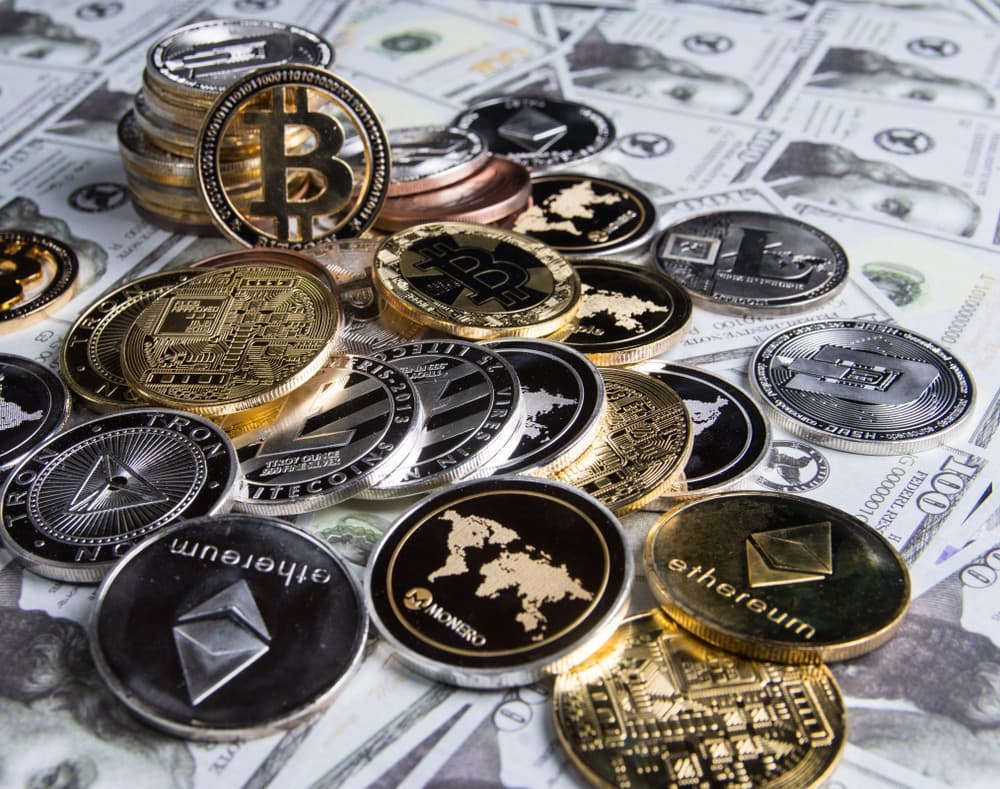
The Great Bank Heist
Lau Vegys, Doug Casey’s Crisis Investing
Remember when your parents told you there’s no such thing as free money? Well, they clearly never ran a bank during the Federal Reserve’s high-interest rate era.
New data shows that for the past two and a half years, U.S. banks have been gorging themselves on a feast of free cash, courtesy of your friendly neighborhood Fed.
How much cash, you ask? Oh, just a cool trillion dollars. That’s right, with a “T”.
Pocketing the Difference
As you may recall, in 2022, the Fed made a sharp turn, slamming on the brakes with aggressive rate hikes to fight inflation (which, of course, they’d caused in the first place with their money-printing spree).
Between March 2022 and July 2023, Chair Powell and his merry band of money manipulators cranked the federal funds rate from a rock-bottom 0%-0.25% all the way up to 5.25%-5.50%.
As the Fed jacked up rates, banks started raking in higher yields on their deposits at the Fed.
In tandem, however, they decided to keep the interest payments for depositors—like us—shockingly low, pocketing the difference.
Recent data from the Federal Deposit Insurance Corporation (FDIC) shows that by the end of the second quarter of 2024, the average U.S. bank was paying depositors a mere 2.2% in annual interest.
Now, 2.2% might sound pretty good if you’ve gotten used to the near-zero rates we’ve had for the last decade. But remember: during that same time, these banks were collecting a fat 5.5% from the Fed.
Do the simple math, and you’ll see that banks were pocketing a nice 3.3% for themselves. Roughly speaking, of course, since those rates fluctuated, but you get the idea.
But hold on, it gets worse.
If you happened to have your money with the big guys like JPMorgan Chase (JPM) or Bank of America (BAC), you were really getting the short end of the stick. These banking giants were only paying out a paltry 1.5% and 1.7%, respectively, to their depositors.
Now, here’s where the heist part comes in…
It turns out those low payments to depositors generated an eye-popping $1.1 trillion in revenue for the banks. And when I say “eye-popping”, I mean it’s completely unprecedented in excess interest revenue. In fact, it’s roughly half of the total money banks made during that same two-and-a-half-year period.
The Rigged Game
Now, you might be thinking, “So what? Banks are private financial institutions and have the right to set deposit and borrowing rates. It’s free market capitalism, right?”
Wrong.
The whole fractional reserve banking system, with the Fed at its forefront, couldn’t be further from free market capitalism. And, as this story shows, the banks are essential beneficiaries and accomplices of this rigged game.
It’s actually a perfect storm of financial manipulation.
Think about it. You have the Fed paying banks interest on the money they keep parked at the central bank through something called “interest on reserve balances” (IORB).
Traditionally, banks are supposed to make money by lending out deposits to businesses and individuals. You know, actually contributing to economic growth. But why deal with all that hassle when you can simply rake in a risk-free 5.5% from the Fed?
That’s how the Fed encourages banks to hoard money instead of lending it out to grow the economy. This means less money available for businesses to expand, for entrepreneurs to start new ventures, or for you to get a reasonably priced loan.
All in the “noble” effort to fight their own self-inflicted inflation, of course.
Okay, so it’s definitely a big problem, but it wouldn’t be so bad if you could at least get some of that money back in the form of interest on our deposits, right?
Unfortunately, as this story shows, you just don’t.
While some banks raised rates on certain savings accounts in line with the Fed’s hikes, reports show that more than 4,000 U.S. banks just kept the extra cash for themselves to boost their profit margins.
The result? The staggering $1.1 trillion in excess profits for banks I mentioned earlier.
That’s money that could have been in your pocket or fueling economic growth. Instead, it’s lining the vaults of banks—with the Fed’s stamp of approval.
What Can You Do?
While banks were raking in billions, what were you getting on your savings account? Probably an amount that wouldn’t even cover a bag of groceries by the end of the year.
So, what’s an everyday investor to do in the face of such blatant cronyism? Here are a few thoughts:
- Don’t be a sitting duck: If your money is languishing in a low-interest savings account, it’s time to shop around. Online banks and credit unions often offer much better rates than the big banks.
- Consider alternative investments: With banks playing these games, it might be time to look at other options for your money. Gold, silver, and other hard, unprintable assets can be a good hedge against both inflation and financial shenanigans.
- Stay informed: The mainstream media might not be telling you the whole story, but that doesn’t mean you have to remain in the dark. Knowledge is power. And in a world where the deck seems increasingly stacked against the average person, being informed is your best defense.
The game might be rigged, but that doesn’t mean we have to play by their rules.
~~ Lau Vegys, Doug Casey’s Crisis Investing



